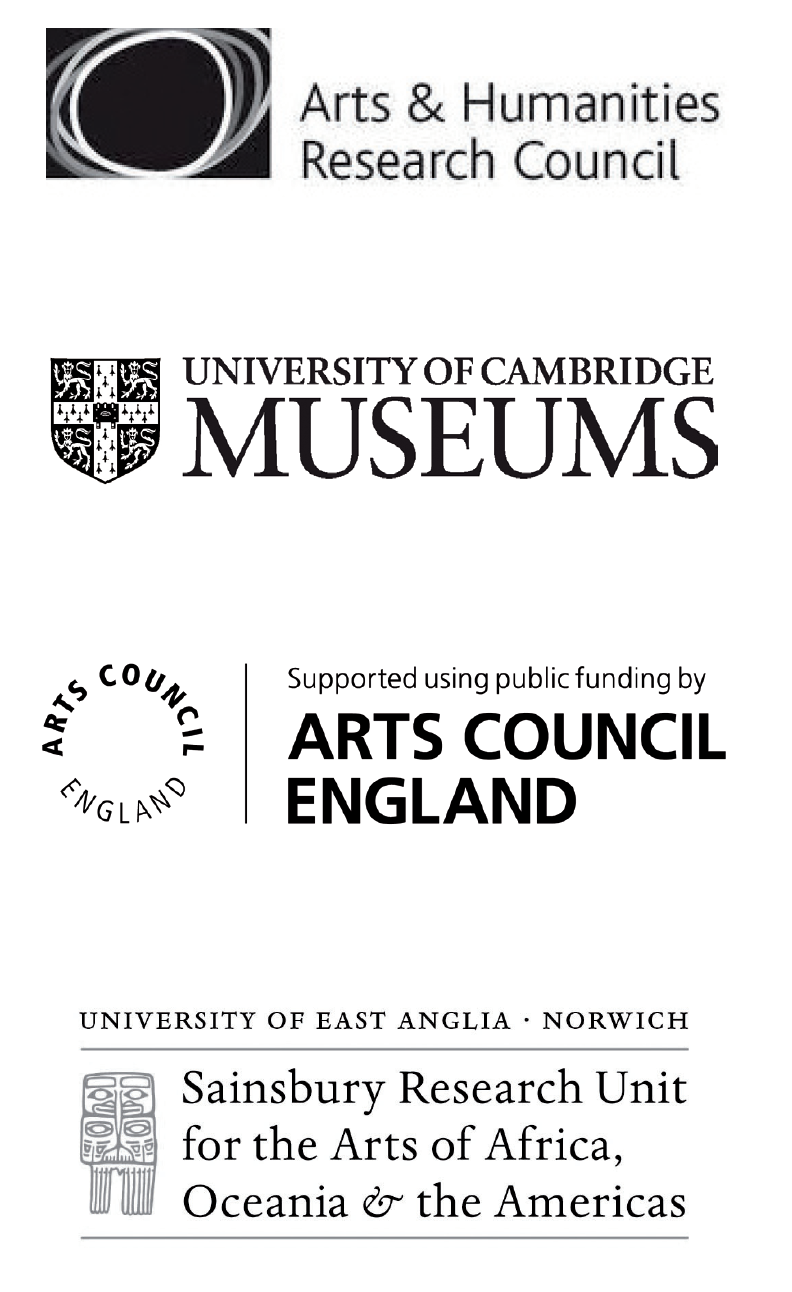The collections at MAA have continued to grow. The wealth of material provides opportunities for collaborative research, for teaching and for developing relations with a variety of communities and audiences.
A member of the Fijian Art research project team being taught to weave a knot. Photographed by Mark Elliott, 2 September 2012. Kalokolevu, Viti Levu.
Ongoing work as part of the Arts and Humanities Research Council-funded Fijian Art research project, has allowed close examination of individual objects and their often remarkable histories. Attention to the formal characteristics of objects has also led to deeper understandings of methods of construction, uses of materials and regional styles. Comparative research at MAA and partner institutions is extending our knowledge of Fijian history and art while highlighting the creativity and expertise of the original producers.
This work is also providing insights into the historical movements of people and skills within Western Polynesia. Research on objects, photographs and archival materials has facilitated a detailed and nuanced account of the complexity of British and Fijian relations during the last two hundred years.
Most importantly, the collections at MAA have reconnected museum staff and researchers with Fijian communities, both within Fiji and the UK. The rich material on display demonstrates the continuing significance of chiefship, the value of tabua and masi, and the centrality of the solevu within Fijian society. Collaborative work with researchers, artists and community members underscores MAA's aims for the future - to be a place of inspiration and learning.
The painting reflects on the notion of life as a journey. The earth colours and grid-like structure are inspired by barkcloth. Geometrical motifs alternate with figurative scenes, including a canoe (waqa), a compass, and two images of a person standing at the beginning of a pathway: one path leads to a traditional spirit house (burekalou); the other leads to a representation of the hill at Calvary.
2013.27
Salusalu are garlands worn during ceremonial and festive occasions. Created by women, they are presented to the guests of honour at events, normally when being welcomed. Made of hibiscus (vau) fibre, they may be further decorated with fresh flowers, leaves, masi or twine ribbons and rosettes. The scent as well as the appearance of salusalu are very important. The most elaborate are reserved for chiefly recipients.
Suva markets, Viti Levu, Fiji. Collected by K. Igglesden, 2013. 2013.30; 2013.32; 2013.29



